Guo Fengyi: Flow of Brushwork
In the beginning of 2002, Lu Jie met Guo Fengyi during the research trip for “The Long March - A Walking Visual Display.” Lu Jie wrote, in Who is Guo Fengyi?, “[i]t was during the trip that I met Guo Fengyi, which, as it turns out, allowed me to gain a clearer understanding of the Long March itself. Her art created a fervor in me, which has subsequently been dispersed throughout the art world via the Long March. Today, it has already spread into the vast expanses of the public realm.” [1]
Duration: 22 August 12:00 - 24 December 23:59 (UTC+8), 2024
We invited Guo Fengyi to participate in Site 6 (Lugu Lake) of the Long March, on the boarder of Yunan and Sichuan Province to address gender discourse. Guo Fengyi drew her series of works entitled “Lugu Lake” at the King’s Residence in Lijiang, through which she accomplished communication with the Mosou Goddess of the mountain, the American feminist artist Judy Chicago and feminist artists from all over China. During the process of drawing and communication, Guo Fengyi felt that the aura was not right, and refused to travel further with Long March. [2]

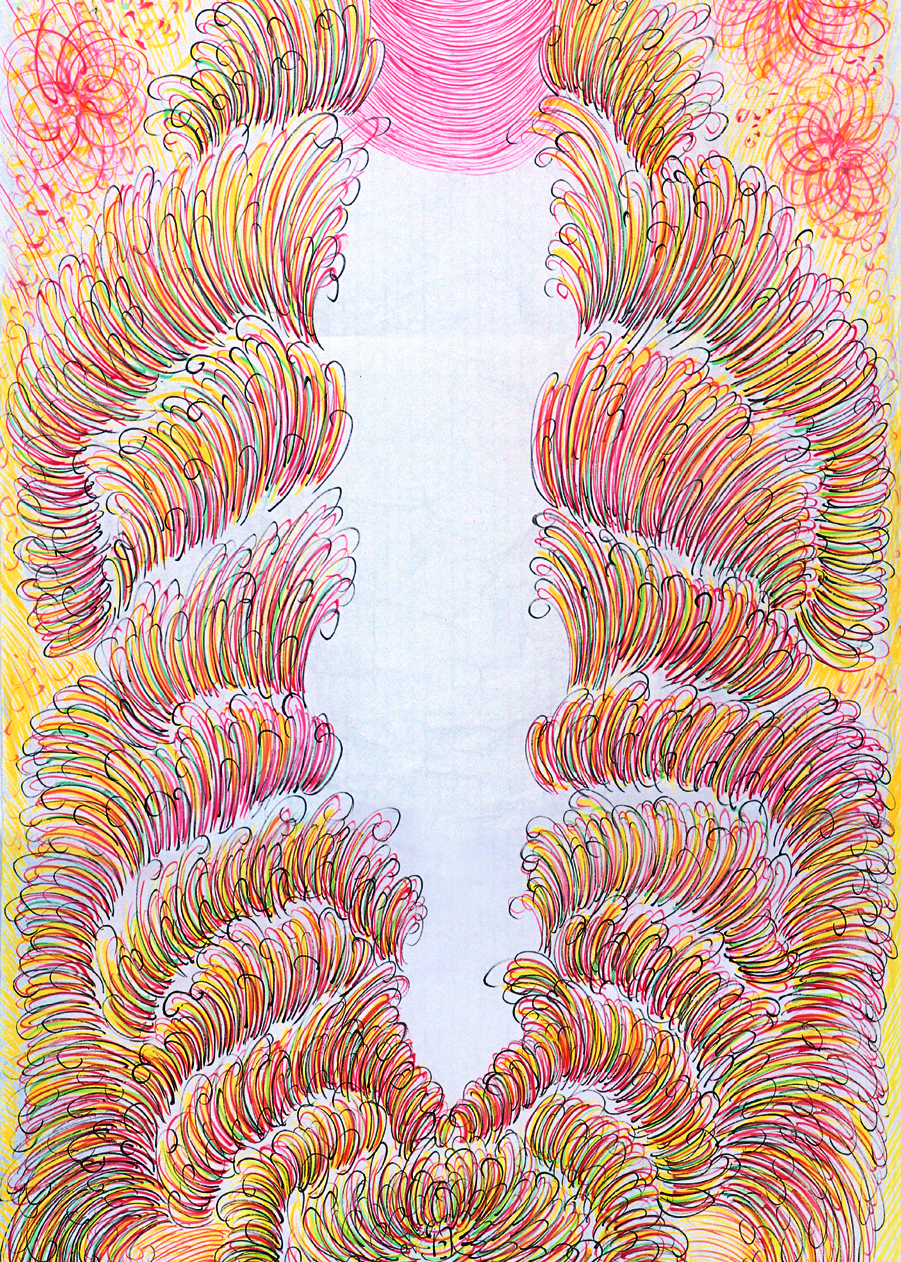
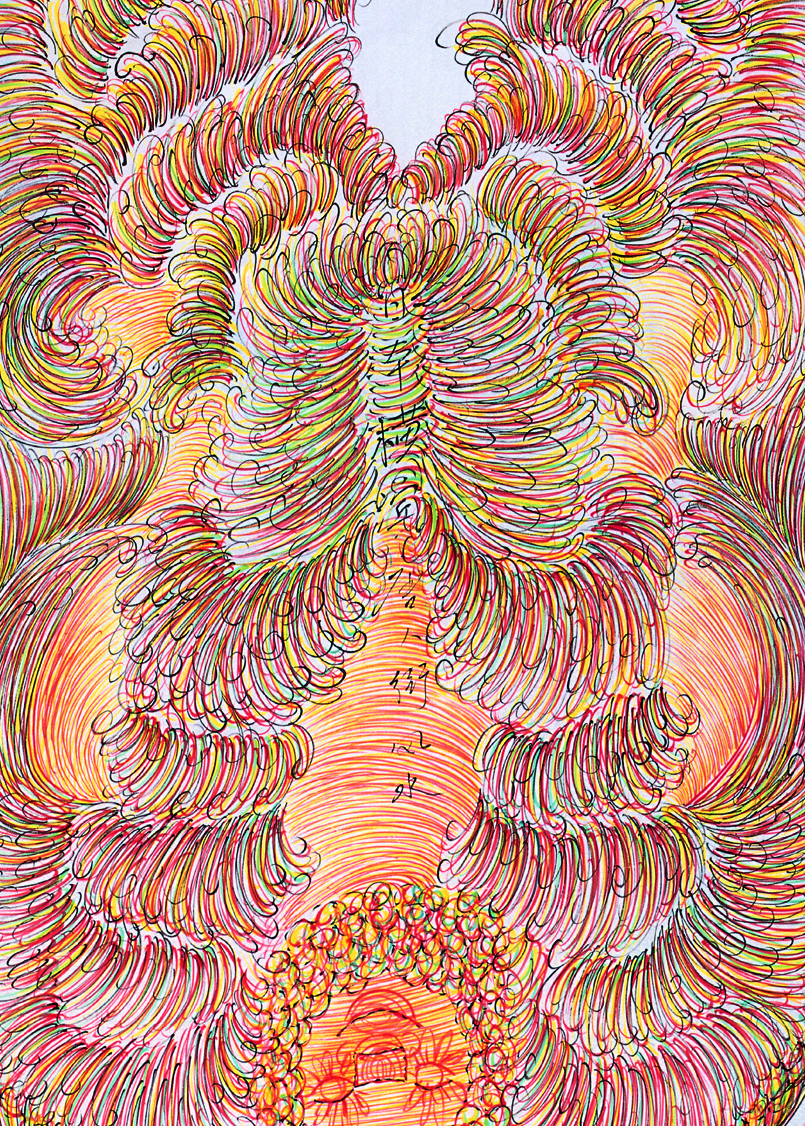
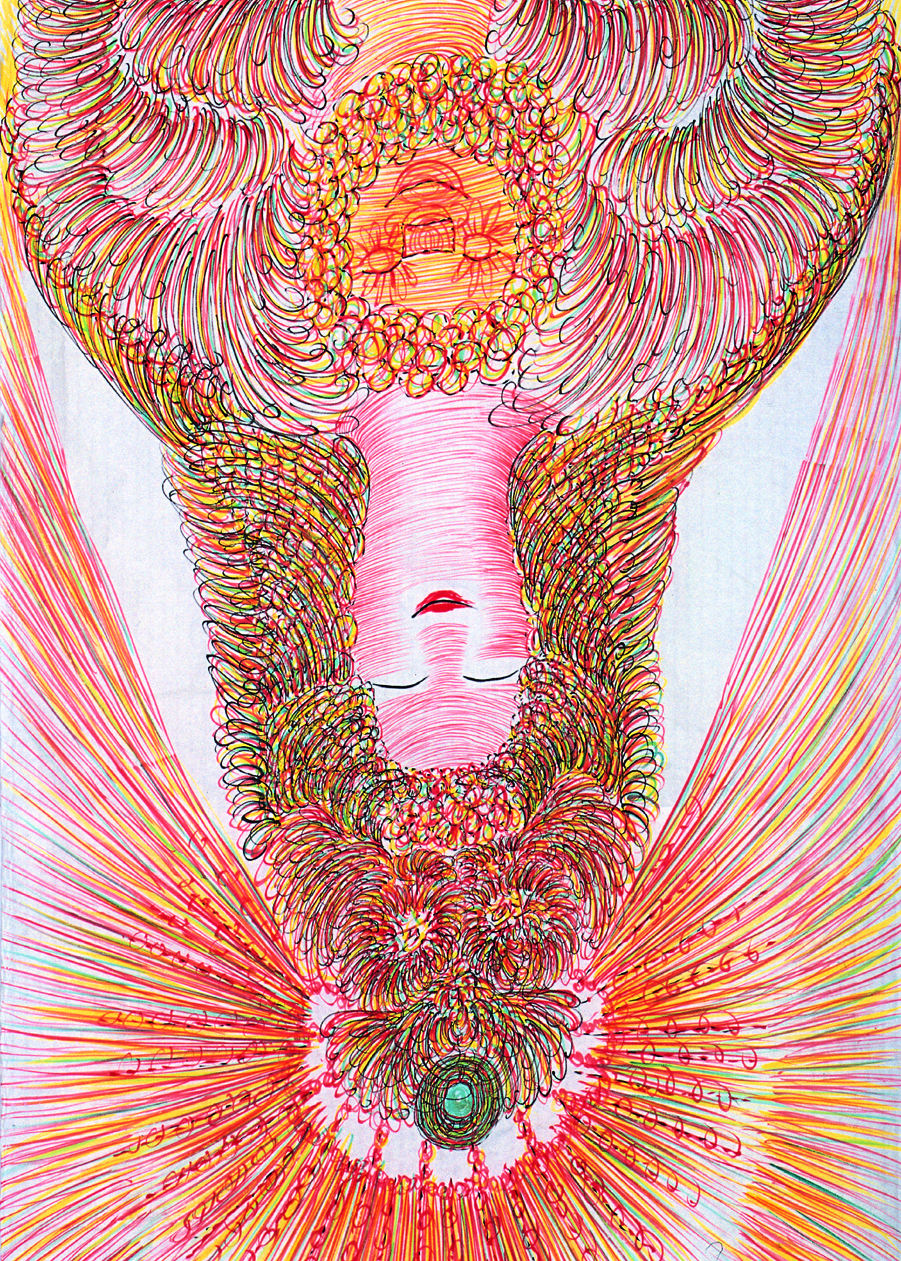
Guo Fengyi, Fengshui of Yokohama (detail), 2005, Colored ink on ricepaper, 391.5 × 69.5 cm
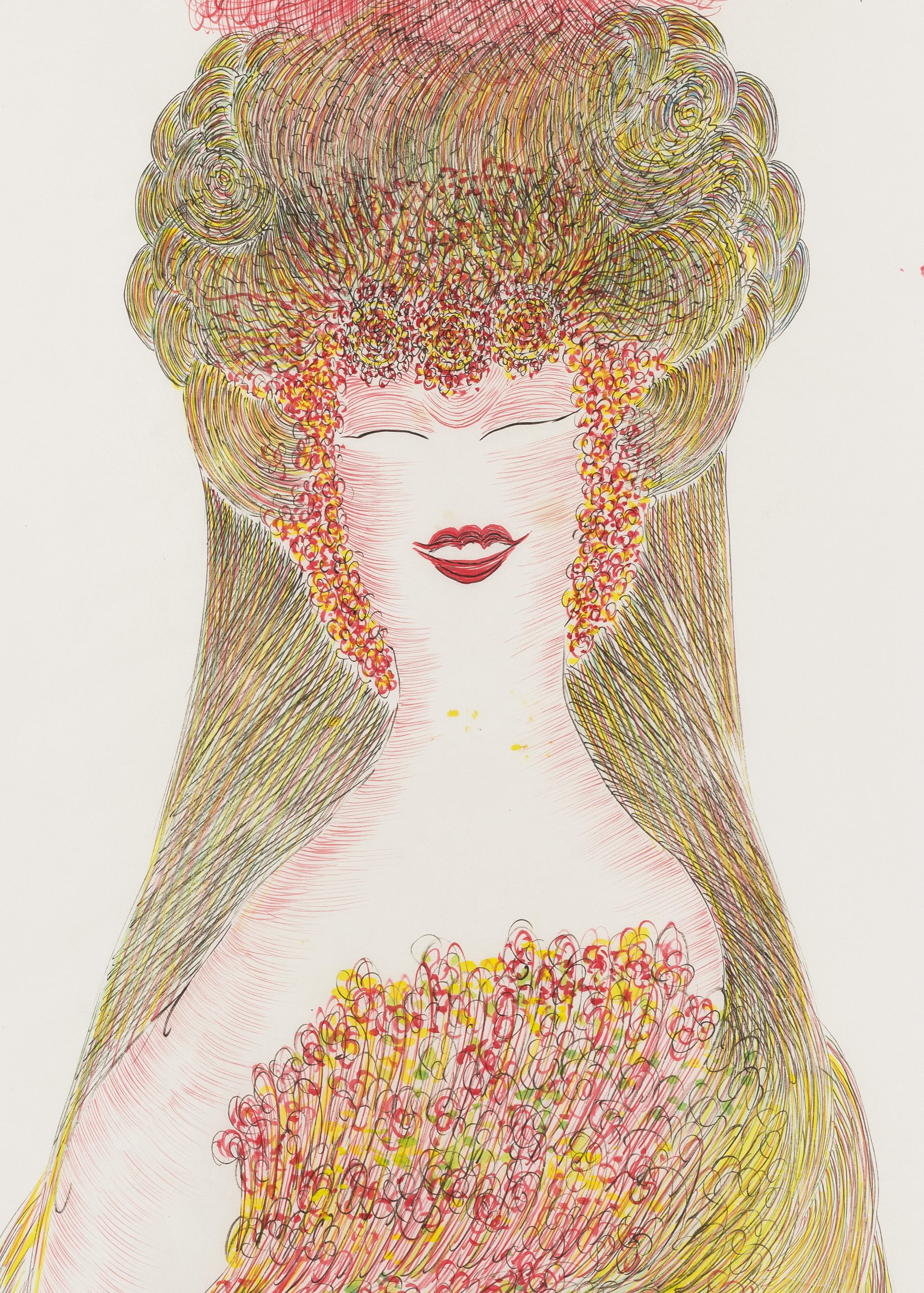
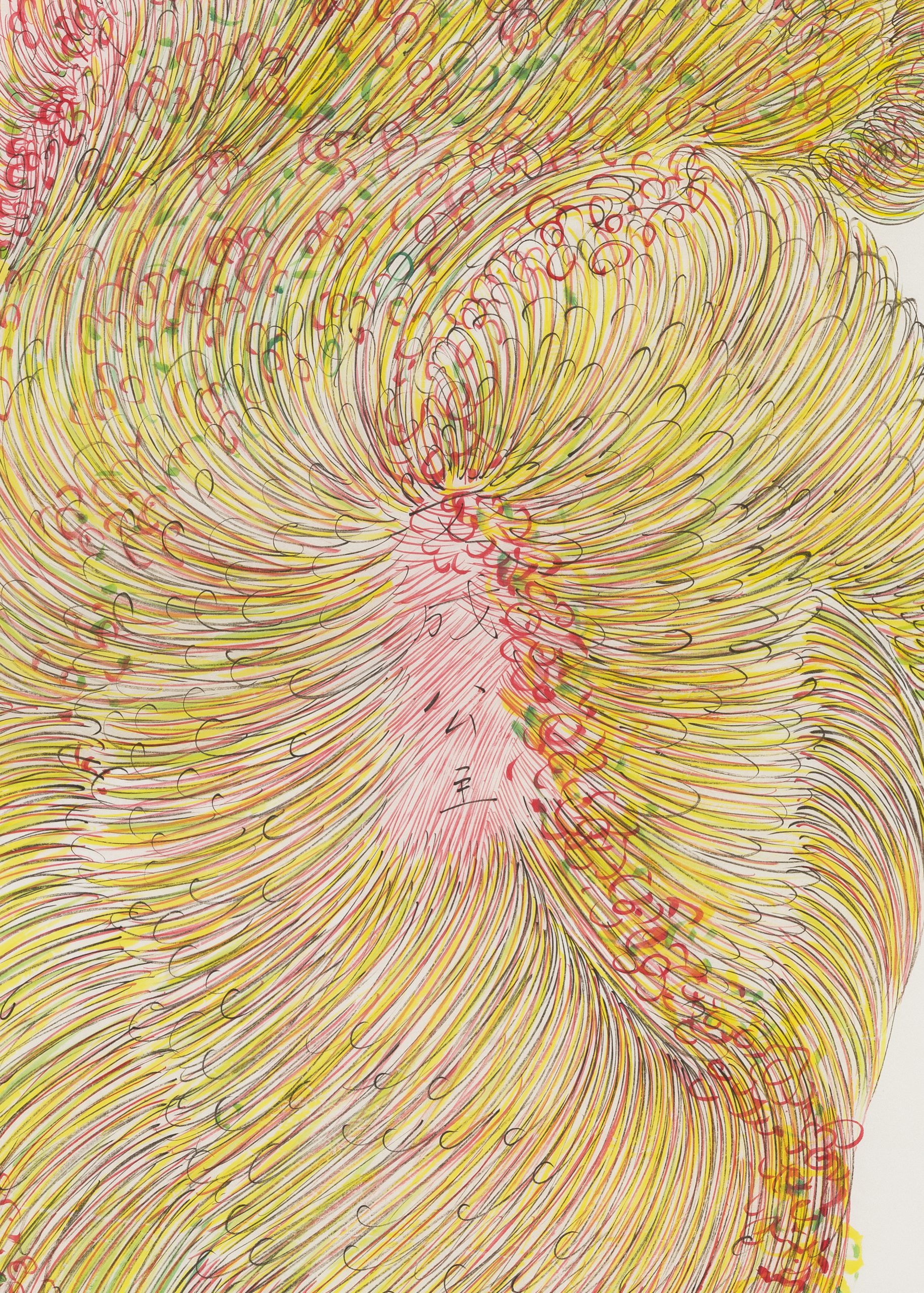
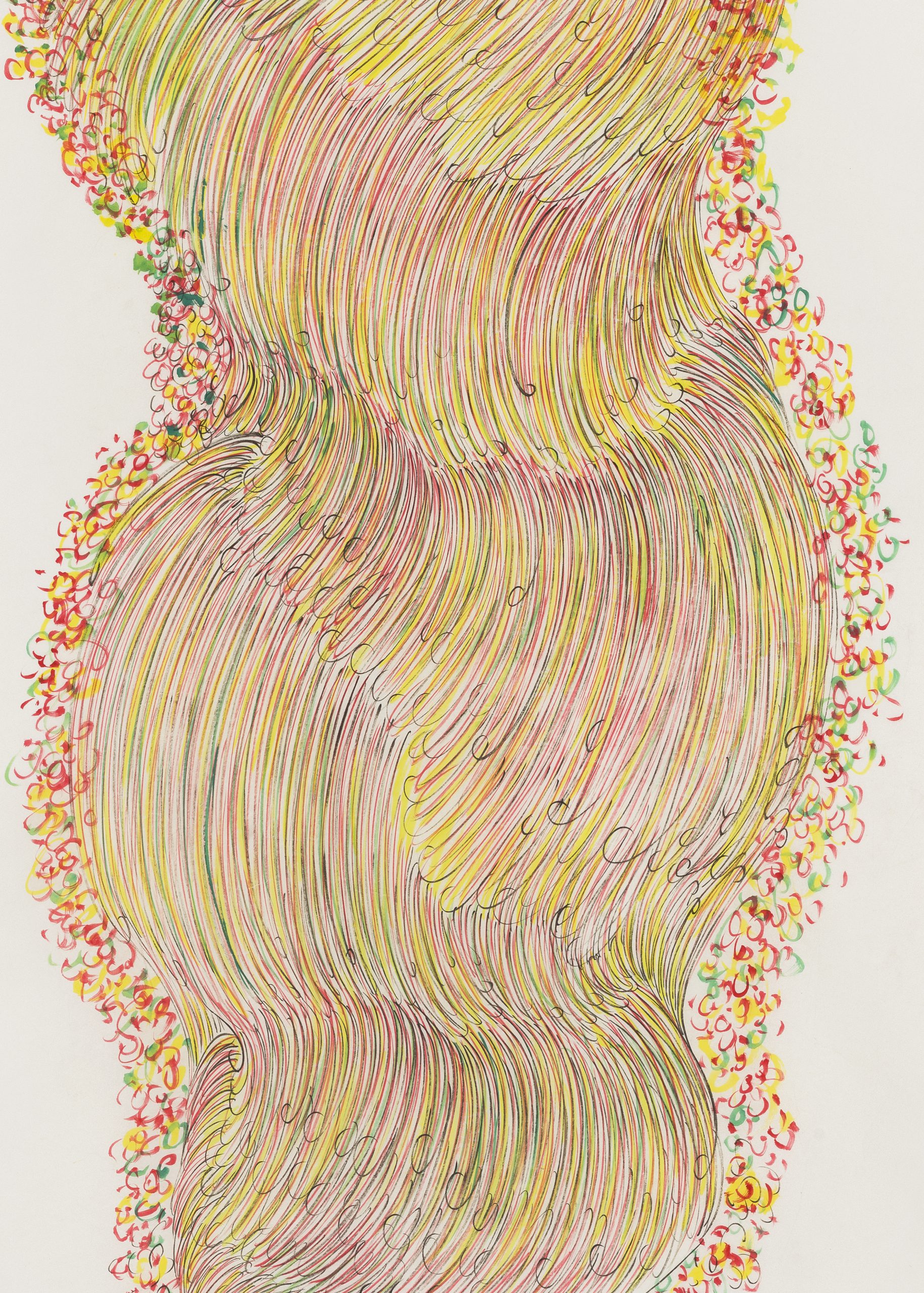
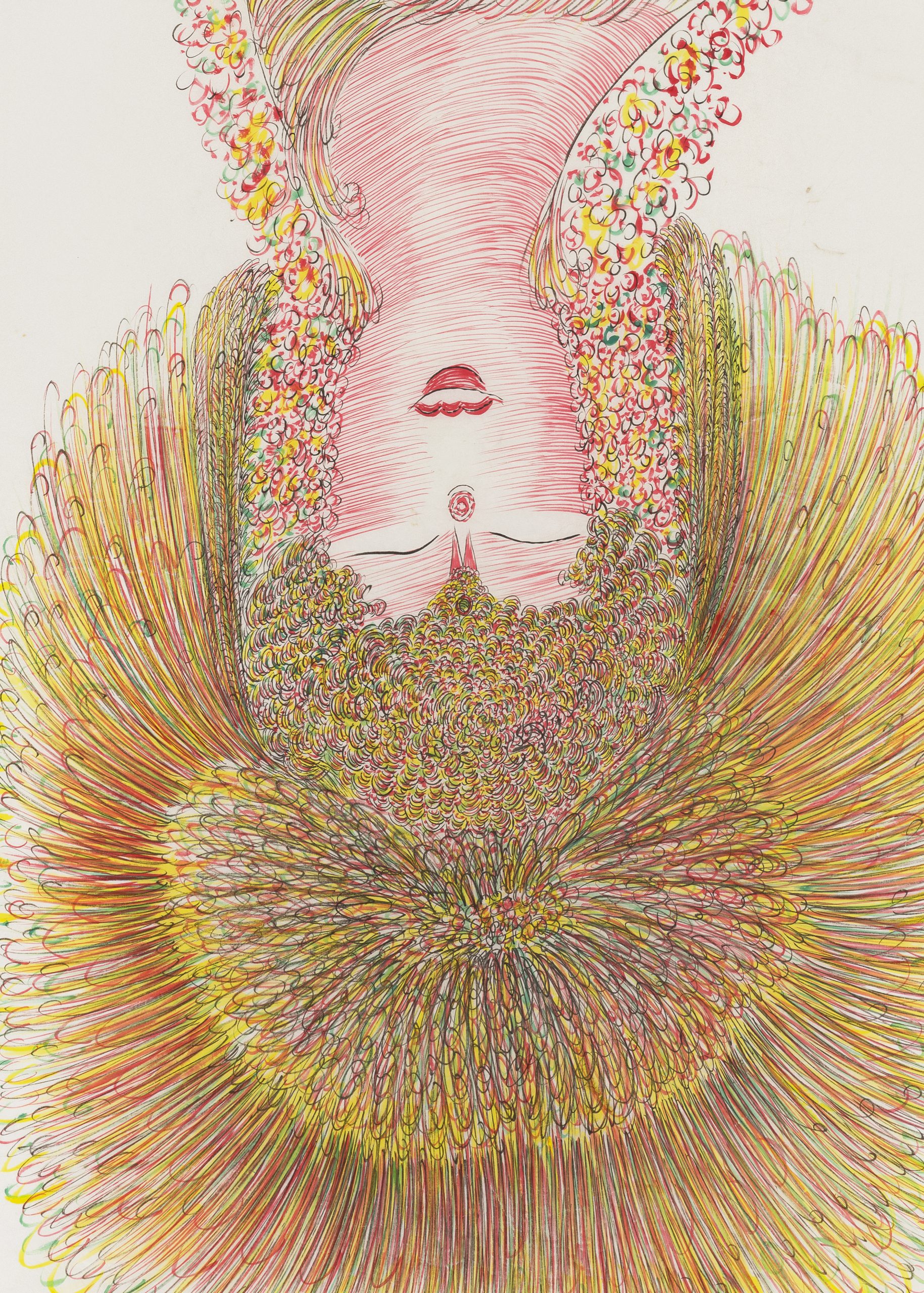
Guo Fengyi, Tang Dynasty Princess Wencheng (detail), 2004, Colored ink on ricepaper, 400 × 69.8 cm
[1][2] LU Jie, “Who is Guo Fengyi?”, Who is Guo Fengyi (Beijing: 25000 Cultural Transmission Center and the Long March Foundation, 2005), pp.92.
[3] Wang Huan, “The Significance Is Where 'Communication' Begins: One Possible Reading of Guo Fengyi”, Guo Fengyi: COSMIC MERIDIANS (chief editor: Wang Huan, 2024), pp.100-101.
[4] Chang Tsong-zung, "Another Universe: The art of Guo Fengyi", Who is Guo Fengyi (Beijing: 25000 Cultural Transmission Center and the Long March Foundation, 2005), pp.8.
About Guo Fengyi
Guo Fengyi (1942–2010, Xi’an, China) is a self-trained female artist whose artistic practice articulates a particular journey of spiritual and metaphysical significance, belonging to an older generation whose embrace of Chinese folk culture imparts a unique knowledge of history, myth, and mystery. Her works on paper are composed of finely controlled brushwork that blend and weave into a composition of lustrous images; suggestions of both human figures and otherworldly beings.
Guo Fengyi began practicing Qigong (a traditional Chinese health maintenance practice that cultivates the qi energy within the body) as a way to alleviate illness. Accompanying her ever-deepening study into the philosophies of mysticism, she began having powerful visions that she felt compelled to give form to through drawing, as a way to adjust the balance between her body and her spiritual world. The subject matter of her works, as well as the concepts and physical structures she uses, comes from traditional Chinese systems of thought; cosmology, acupuncture energy maps, divination, sage kings, geomancy and dynastic grave sites—all of which have become dispensable in a modernizing China. Through her works, Guo Fengyi acts as a convergence point of traditional and contemporary thought, preserving cultural memories hidden deep within Chinese society. Through the physical act of drawing, Guo Fengyi charges the events of today’s world with a profound significance, both as an act of creativity as well as an act of everyday life.
Guo Fengyi: Flow of Brushwork
In the beginning of 2002, Lu Jie met Guo Fengyi during the research trip for “The Long March - A Walking Visual Display.” Lu Jie wrote, in Who is Guo Fengyi?, “[i]t was during the trip that I met Guo Fengyi, which, as it turns out, allowed me to gain a clearer understanding of the Long March itself. Her art created a fervor in me, which has subsequently been dispersed throughout the art world via the Long March. Today, it has already spread into the vast expanses of the public realm.” [1]
Duration: 22 August 12:00 - 24 December 23:59 (UTC+8), 2024
We invited Guo Fengyi to participate in Site 6 (Lugu Lake) of the Long March, on the boarder of Yunan and Sichuan Province to address gender discourse. Guo Fengyi drew her series of works entitled “Lugu Lake” at the King’s Residence in Lijiang, through which she accomplished communication with the Mosou Goddess of the mountain, the American feminist artist Judy Chicago and feminist artists from all over China. During the process of drawing and communication, Guo Fengyi felt that the aura was not right, and refused to travel further with Long March. [2]
“In terms of imaging, using thin and dense lines to sketch repetitively and orderly is fundamental to Guo’s paintings, as if the capturing of figures depends on these delicate and lavish curves, and the figures do not have skins or actual bodily organs but merely body-like contours that are vaguely recognizable. With respect to content, the themes of Guo’s paintings range from the culture and history to the atlas of I Ching, from the meridians in human bodies to the moves of qigong, from the Chinese and foreign sacred icons to the fengshui of the earth: incredibly cluttered but, holistically, presents a highly consolidated visual system.” [3]




Guo Fengyi, Fengshui of Yokohama (detail), 2005, Colored ink on ricepaper, 391.5 × 69.5 cm
“As ‘Outsider’ art, Guo’s fantastic drawings of mythological figures such as the Yellow Emperor, Goddess of Mercy or Primordial Fu Xi are all intriguing and refreshingly unfamiliar to the new Chinese generation. Traditional systems of thought, linking cosmic system, acupuncture energy map, divination, sage kings, geomancy and dynastic grave sites, …… we also get a glimpse of the self confidence of folk China of the pre-modern pre-scientific age, when people knew they had direct access to the greater secrets of the universe and could claim unbroken link with the origins of history.” [4]




Guo Fengyi, Tang Dynasty Princess Wencheng (detail), 2004, Colored ink on ricepaper, 400 × 69.8 cm
[1][2] LU Jie, “Who is Guo Fengyi?”, Who is Guo Fengyi (Beijing: 25000 Cultural Transmission Center and the Long March Foundation, 2005), pp.92.
[3] Wang Huan, “The Significance Is Where 'Communication' Begins: One Possible Reading of Guo Fengyi”, Guo Fengyi: COSMIC MERIDIANS (chief editor: Wang Huan, 2024), pp.100-101.
[4] Chang Tsong-zung, "Another Universe: The art of Guo Fengyi", Who is Guo Fengyi (Beijing: 25000 Cultural Transmission Center and the Long March Foundation, 2005), pp.8.
About Guo Fengyi
Guo Fengyi (1942–2010, Xi’an, China) is a self-trained female artist whose artistic practice articulates a particular journey of spiritual and metaphysical significance, belonging to an older generation whose embrace of Chinese folk culture imparts a unique knowledge of history, myth, and mystery. Her works on paper are composed of finely controlled brushwork that blend and weave into a composition of lustrous images; suggestions of both human figures and otherworldly beings.
Guo Fengyi began practicing Qigong (a traditional Chinese health maintenance practice that cultivates the qi energy within the body) as a way to alleviate illness. Accompanying her ever-deepening study into the philosophies of mysticism, she began having powerful visions that she felt compelled to give form to through drawing, as a way to adjust the balance between her body and her spiritual world. The subject matter of her works, as well as the concepts and physical structures she uses, comes from traditional Chinese systems of thought; cosmology, acupuncture energy maps, divination, sage kings, geomancy and dynastic grave sites—all of which have become dispensable in a modernizing China. Through her works, Guo Fengyi acts as a convergence point of traditional and contemporary thought, preserving cultural memories hidden deep within Chinese society. Through the physical act of drawing, Guo Fengyi charges the events of today’s world with a profound significance, both as an act of creativity as well as an act of everyday life.




